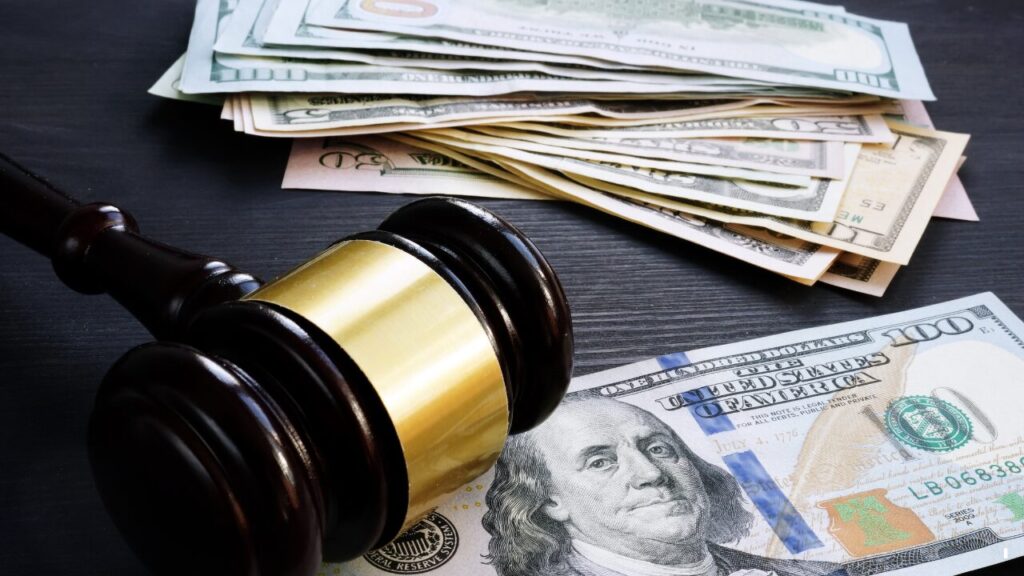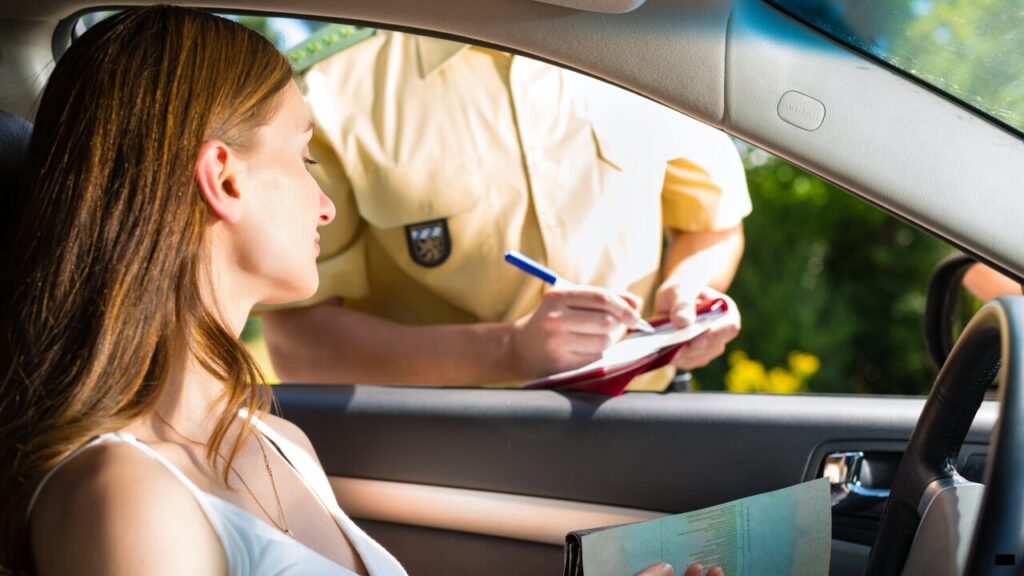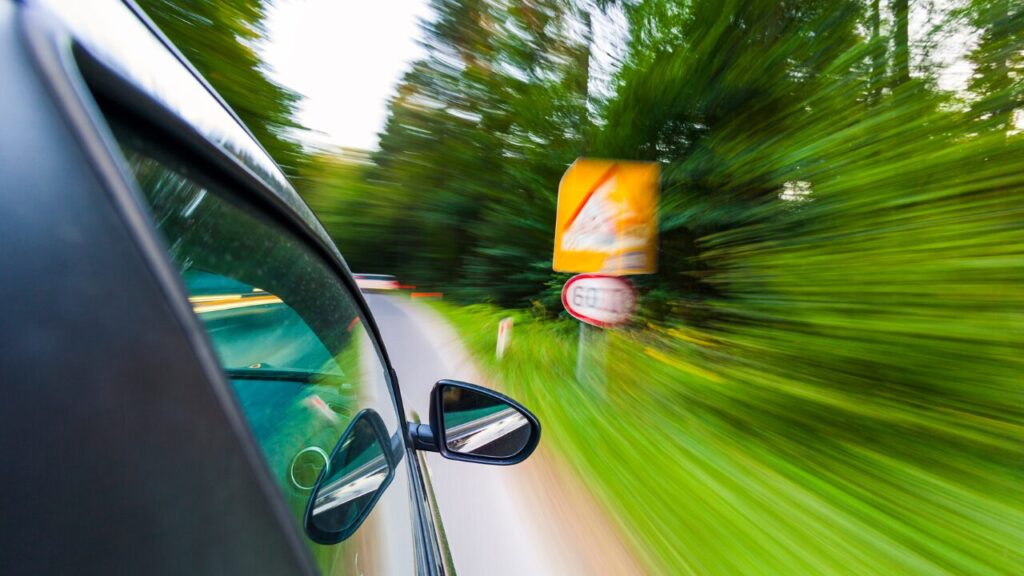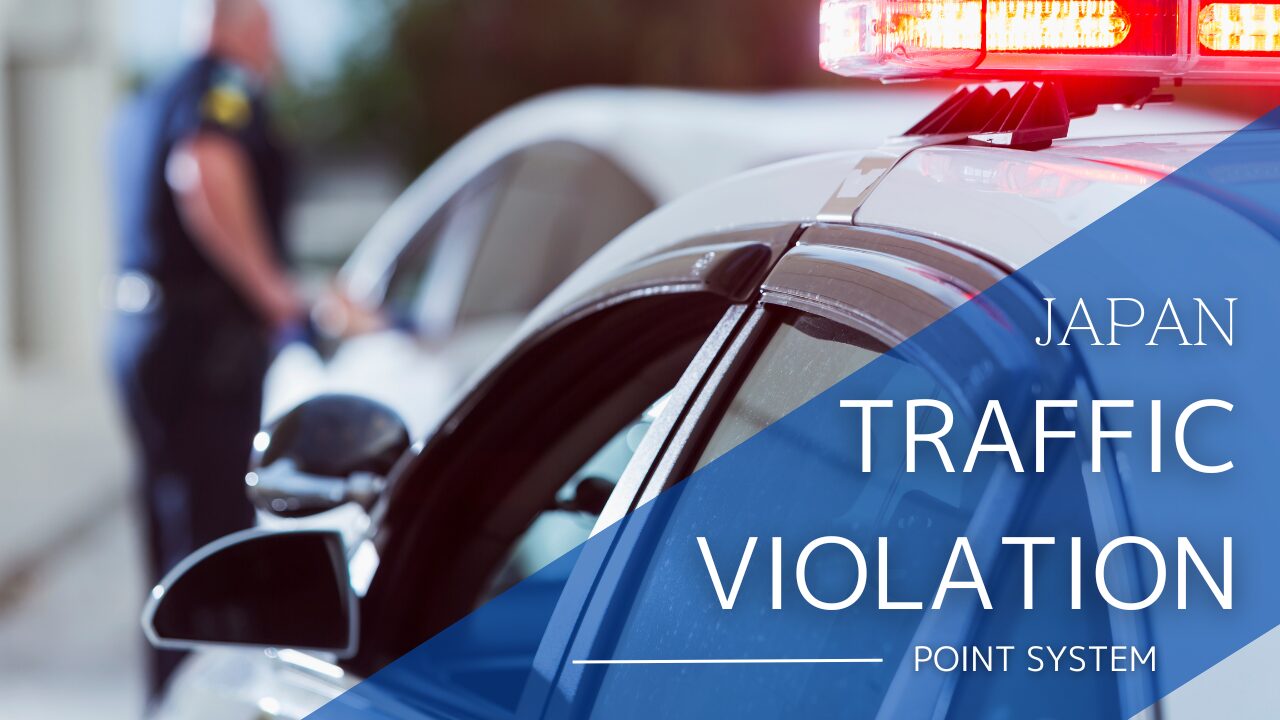
When committing a traffic violation, the fines imposed can be classified as either “penalty fines” or “criminal fines.” Some people might find the distinction between penalty fines and criminal fines unclear, but these two types of fines differ in terms of legal responsibility and purpose. This article provides a detailed explanation of penalty fines, the differences between penalty fines and criminal fines, and how to pay penalty fines.
- “penalty fines” or “criminal fines”
- Examples of Road Traffic Law Violations
- Failure to Stop at a Stop Sign
- Speeding Violations
- Failure to Carry a License
- Driving Without a License
- Drunk Driving (Driving Under the Influence) and Driving with Alcohol in the Breath
- Violations for Using Mobile Phones, etc.
- Traffic Ban Violations
- Ignoring Traffic Signals
- Obligation to Report (Hit-and-Run)
- Obstructive Driving (Aggressive Driving)
- Dangerous Driving Resulting in Death or Injury and Negligent Driving Resulting in Death or Injury
- Parking Violations
- Obstructing Emergency Vehicles
“penalty fines” or “criminal fines”
Penalty fines are administrative sanctions imposed for relatively minor traffic violations, whereas criminal fines are criminal sanctions imposed for more serious traffic violations.
What is a penalty fine?

A penalty fine is a sanction imposed for relatively minor traffic violations under the Traffic Offense Notification System. Traffic violations can range from minor infractions, such as failure to stop at a stop sign, to serious offenses, such as driving without a license. If all these violations were treated as criminal cases and judged in court, it would place an excessive burden not only on the courts but also on the police and drivers.
To address this issue, the Traffic Offense Notification System was established. Under this system, minor traffic violations are classified as “offenses,” and offenders can avoid criminal sanctions by paying an administrative penalty fine. This system simplifies the handling of relatively minor traffic violations.
What are the differences with criminal fines?
In addition to penalty fines, there are also criminal fines for traffic violations. Penalty fines are imposed for relatively minor traffic offenses, while criminal fines are imposed for more serious traffic violations. When a traffic offense specified under the Road Traffic Act is committed, a “Traffic Offense Notification” (commonly known as a blue ticket) is issued. If the offender pays the penalty fine, they can avoid criminal sanctions.
However, for serious traffic violations, such as driving without a license, driving under the influence, or causing a traffic accident, a “Form for Expedited Processing of Road Traffic Act Violations” (commonly known as a red ticket) is issued. The offender will undergo a formal trial or summary trial and receive criminal sanctions. A criminal fine is one of these criminal sanctions.
In summary, penalty fines and criminal fines differ in terms of legal responsibility. Penalty fines involve administrative responsibility, while criminal fines involve criminal responsibility. The differences between administrative responsibility and criminal responsibility are as follows:

| Administrative Responsibility | Criminal Responsibility | |
|---|---|---|
| Purpose | Ensuring traffic safety | Maintaining social order and security |
| Examples of sanctions | Penalty fines, license revocation, license suspension | Fines, imprisonment, confinement |
| Criminal record | Not attached | Attached |
What are the types of penalty offenses and their amounts?
Under the Traffic Offense Notification System, relatively minor, observable, clear, and standardized actions are defined as offenses. Examples include ignoring traffic signals and failure to stop at a stop sign, with approximately 150 types of such offenses.
We will extract part of the information, and the penalty fines for each violation are as follows:
| Type of Offense | Penalty Fine |
|---|---|
| Failure to stop at a designated place | 7,000 yen |
| Speeding Violations | 9,000 yen ~ 35,000 yen |
| Violation of traffic ban | 7,000 yen |
| Ignoring traffic signals (Blinking light / Red light) | 7,000 yen / 9,000 yen |
| Using a mobile phone while driving (holding) | 18,000 yen |
Operating a smartphone, among other offenses, can potentially lead to traffic accidents. Although these are relatively minor traffic violations, it is important to pay careful attention to these offenses and to practice safe driving.

How to Pay a Penalty Fine?

When a penalty offense is acknowledged, a “Traffic Offense Notification (Blue Ticket)” and a “Provisional Payment Slip for Penalty Fine” will be issued. The process is completed if the penalty fine is paid using the provisional payment slip within the specified period. If the offender consents, a representative can be appointed to pay the penalty fine on their behalf. The deadline and method for paying the penalty fine are as follows:
- Payment Deadline: Within 8 days from the date of receiving the “Traffic Offense Notification”
- Payment Location: Banks, post offices
- Payment Time: During business hours on weekdays when the bank or post office counters are open
Penalty fines cannot be paid via ATMs or convenience stores. Additionally, the counters at banks and post offices are closed on weekends, so payments cannot be made during these times. It is also not possible to pay in installments, with checks or other securities, or by sending cash by registered mail to the Traffic Offense Notification Center.

Examples of Road Traffic Law Violations

What kinds of violations fall under the Road Traffic Law, and what are the penalties? Let’s look at some examples:
Failure to Stop at a Stop Sign
This violation is imposed when a driver fails to stop at a designated place where stopping is mandatory.
Speeding Violations
Speeding violations occur when a vehicle is driven above the specified speed limit. On roads with designated speed limits indicated by road signs, drivers must adhere to the maximum speed. On roads without specified speed limits, drivers must not exceed the statutory speed limits, which are 60 km/h on general roads and 100 km/h on highways (some sections of highways have been increased to 120 km/h).
Failure to Carry a License
Drivers are required to carry their driver’s license and present it when necessary. Driving without carrying a license constitutes a violation.
Driving Without a License
Driving without a license means operating a vehicle without holding a valid driver’s license. This includes:
- Individuals who have never obtained a license
- Individuals whose license has been revoked
- Individuals whose license is currently suspended
Note that failure to carry a license does not fall under this category. Additionally, if a person with an automatic transmission-only license drives a manual transmission vehicle, it is considered a violation of license conditions rather than driving without a license. Those who lend their car to an unlicensed driver or ride as a passenger with an unlicensed driver can also be held liable.
Drunk Driving (Driving Under the Influence) and Driving with Alcohol in the Breath

When a driver is unable to operate a vehicle normally due to the influence of alcohol, it constitutes drunk driving (driving under the influence). Driving with alcohol in the breath, on the other hand, refers to having a breath alcohol concentration of 0.15 mg/L or higher, with a higher violation point for concentrations of 0.25 mg/L or higher. Drunk driving is considered a specific violation. Specific violations are deemed “especially malicious and dangerous acts” and are subject to more severe penalties compared to general violations. Additionally, like driving without a license, people around the offender may also be punished.
Violations for Using Mobile Phones, etc.
Violations for using mobile phones prohibit actions such as staring at the screen of a smartphone (mobile phone) or car navigation system and holding a phone to make calls while driving. If an accident occurs due to using a mobile phone, the penalty is more severe than just using the phone, as it is considered causing danger to traffic.
Traffic Ban Violations
Entering areas with signs or markings indicating a vehicle traffic ban constitutes a traffic ban violation. This includes bicycles, so caution is necessary. However, if there is a sign stating “except bicycles,” bicycles are allowed to enter without violating the rule. If a police officer directs a traffic ban or restriction and it is ignored, this constitutes a violation of the police officer’s traffic ban or restriction.
Ignoring Traffic Signals

Ignoring traffic lights or police officer hand signals results in a traffic signal violation. This applies to vehicles, bicycles, and pedestrians. Penalties vary depending on the signal state (red light, yellow light, flashing light).
Obligation to Report (Hit-and-Run)
In the event of a traffic accident, the driver or passenger has the following obligations:
- Stop the vehicle immediately
- Assist any injured persons
- Take measures to prevent further danger on the road
- Report the accident details to the police
Hit-and-Run
If a driver or passenger involved in a personal injury accident leaves the scene without assisting the injured, it constitutes a violation of the duty to assist.
Fleeing after a Property Damage Accident
If a driver leaves the scene after causing a property damage accident, it constitutes a violation of the duty to prevent danger and report the accident.
Obstructive Driving (Aggressive Driving)
The penalties for obstructive driving, commonly known as “aggressive driving,” which involves intimidating surrounding vehicles or making sudden stops to obstruct them, have been increased due to amendments to the Road Traffic Act. Currently, bicycles are also subject to regulation. Obstructive driving includes the following 10 types of violations:
- Violation of traffic lane regulations
- Violation of the prohibition on sudden braking
- Failure to maintain a safe distance between vehicles
- Violation of lane change prohibition
- Violation of overtaking methods
- Violation of dimming lights obligations
- Violation of horn use restrictions
- Violation of safe driving obligations
- Violation of minimum speed regulations (on expressways)
- Violation of stopping and parking regulations (on expressways)
Dangerous Driving Resulting in Death or Injury and Negligent Driving Resulting in Death or Injury

If a person is killed or injured as a result of dangerous driving, such as driving under the influence of alcohol or drugs, ignoring traffic signals, or obstructive driving, the driver may be charged with the crime of dangerous driving resulting in death or injury. Actions that can lead to being charged with dangerous driving resulting in death or injury include:
- Driving in a state where normal operation is impossible due to the influence of alcohol or drugs
- Driving at an uncontrollable speed
- Driving without a license or the necessary skills to control a vehicle
- Obstructive driving (aggressive driving)
- Deliberately ignoring traffic signals
- Driving on prohibited roads
Even if the driver is unaware that they are in a state that makes driving difficult due to the influence of alcohol, drugs, or illness, the offense is still established if they cause an accident. For example, even if a driver knows they are drunk but does not realize that their driving ability is impaired (because they are too drunk to notice), they can still be charged. Additionally, if a person is killed or injured due to a negligent accident, it constitutes the crime of negligent driving resulting in death or injury.
Parking Violations
There are two types of parking violations: violations for temporary stopping and parking if the vehicle can be moved immediately, and violations for abandoned parking if the driver is away from the vehicle and it cannot be moved immediately.
Obstructing Emergency Vehicles

When an emergency vehicle, such as an ambulance or fire truck, approaches with its siren sounding, drivers are often faced with the situation of having to move to the left side to clear the way. Many drivers may think of this as mere courtesy, but it is actually a legal requirement.
At intersections or near them, when an emergency vehicle approaches, drivers must avoid the intersection and stop on the left side (if moving to the left on a one-way street obstructs the emergency vehicle, drivers must move to the right). Outside of intersections, drivers must move to the left side of the road to give way to the emergency vehicle. Continuing to drive despite the approach of an emergency vehicle constitutes a violation of the law against obstructing emergency vehicles. Obstructing the progress of an emergency vehicle when it changes lanes, for example, constitutes a violation of the law against obstructing the main roadway. In addition to ambulances and fire trucks, police cars, Self-Defense Force vehicles, highway patrol cars, and emergency service vehicles for gas and electricity are also considered emergency vehicles. However, only vehicles with red warning lights and sirens fall under this category.
https://asahimotors-rent.com/


COMMENT